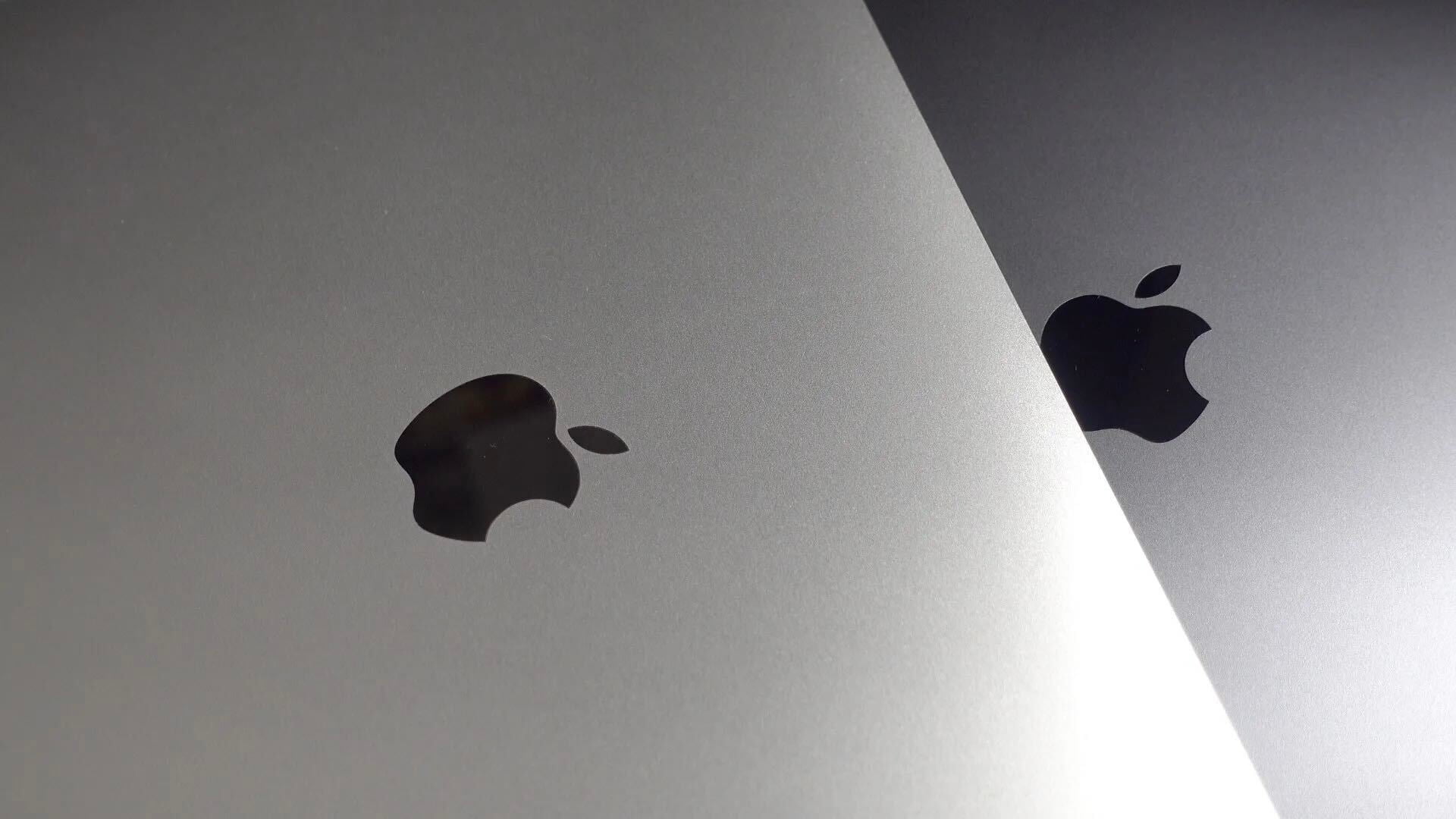
Noted Apple analyst Ming-Chi Kuo believes that Apple’s miniLED plans are being accelerated, the company using the screens in more 2021 iPads and MacBooks than expected.
His previous estimates had suggested that the new backlighting technology for LCD screens would be used only on the top models next year, but it now appears that it will make it into some mid-range models too …
Background
Apple uses OLED screens in Apple Watches and some iPhones (iPhone X, XS, XS Max, 11 Pro, and 11 Pro Max). iPads and MacBooks still use LCD screens.
Liquid Crystal Displays use LED backlighting. MiniLED is the next generation of this type of backlighting, using much smaller LEDs. Because they are smaller, there are many more of them, which gives greater control over the brightness of different elements of the screen. As we explained in our guide, this offers a number of benefits over traditional LED backlighting, but also a couple of advantages over OLED:
- Higher contrast ratio
- Increased brightness
- Deeper blacks
- Better power efficiency
- Less prone to burn-in than OLED
- Longer-lasting displays than OLED
Apple’s miniLED plans
It had previously been expected that miniLED would be reserved for flagship iPads and MacBooks, launching first in the final quarter of this year – potentially including the first Apple Silicon Macs – and accounting for just 10-20% of 2021 sales.
Kuo’s latest investment note suggests that some 30-40% of iPads, and 20-30% of MacBooks, will now use miniLED backlighting. This will bring the technology to a wider range of models.
The analyst is basing this estimate on Apple bringing on board a second supplier of miniLED chips for next year. It had so far been expected that Epistar would be Apple’s sole supplier in 2021, but Kuo said Sanan Optoelectronics will also start Apple production next year rather than 2022.
Having two suppliers boosts competition, meaning that Apple will be able to negotiate cheaper prices, making the technology affordable in more models. Kuo estimates the cost to Apple will fall from $75-85 per unit to ‘less than $45.’
Kuo does warn that production delays, trade tensions between the US and China, and the coronavirus could all put these plans at risk.
Image: TCL
FTC: We use income earning auto affiliate links. More.





Comments